Research
Search our website
Search our website by entering a keyword or choose a database above to search specifically.
Search
Showing search results 3,861 - 3,870
14,714 results found
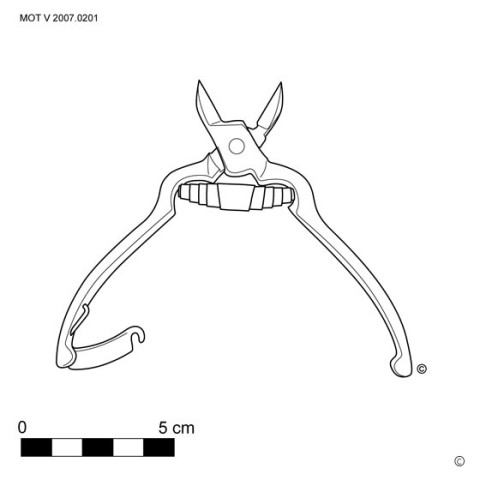
Nail tongs
Toenails can easily be cut with nail tongs. As with the pocket
nail-clippers, the jaws are sharp. The legs are crossed and sometimes a
spring on one of the legs ensures that the tongs open automatically. [MOT]
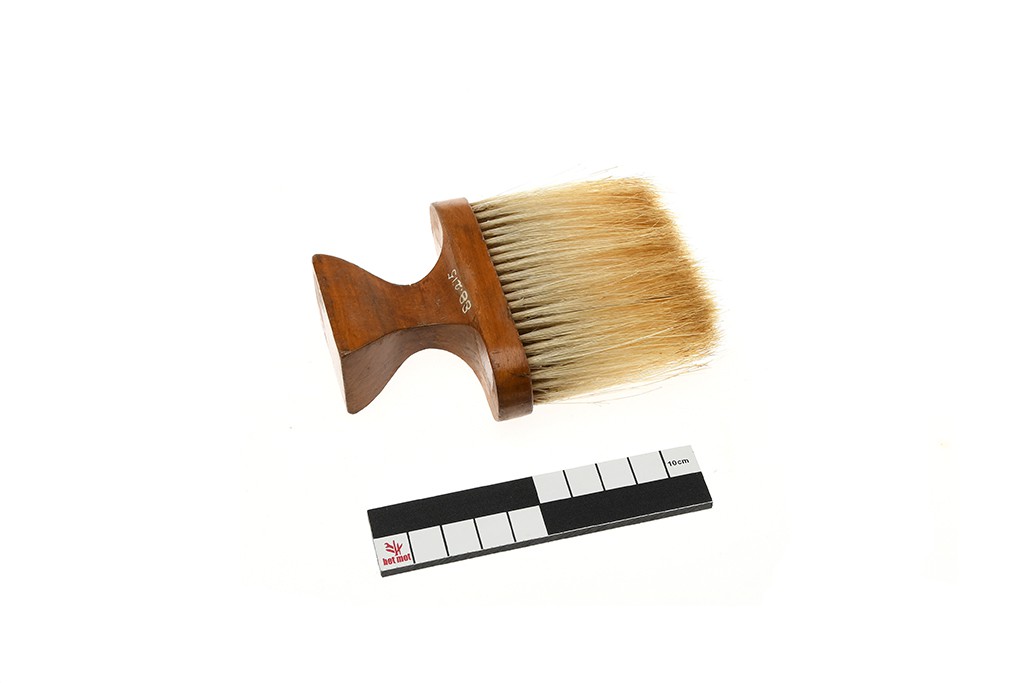
Neck brush
This text can only be consulted in Dutch
<https://www.mot.be/resource/Tool/neck-brush?lang=nl>
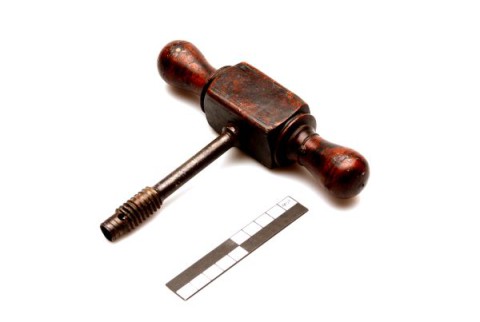
Nut bore
This text can only be consulted in Dutch
<https://www.mot.be/resource/Tool/nut-bore?lang=nl>
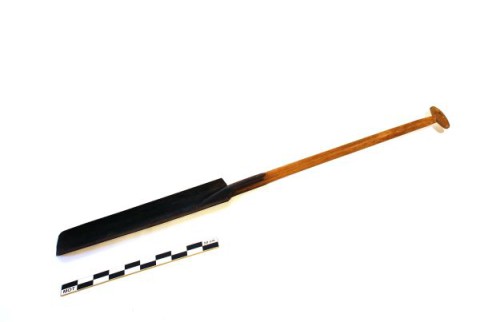
Narrow drain spade
This text can only be consulted in Dutch
<https://www.mot.be/resource/Tool/narrow-drain-spade?lang=nl>
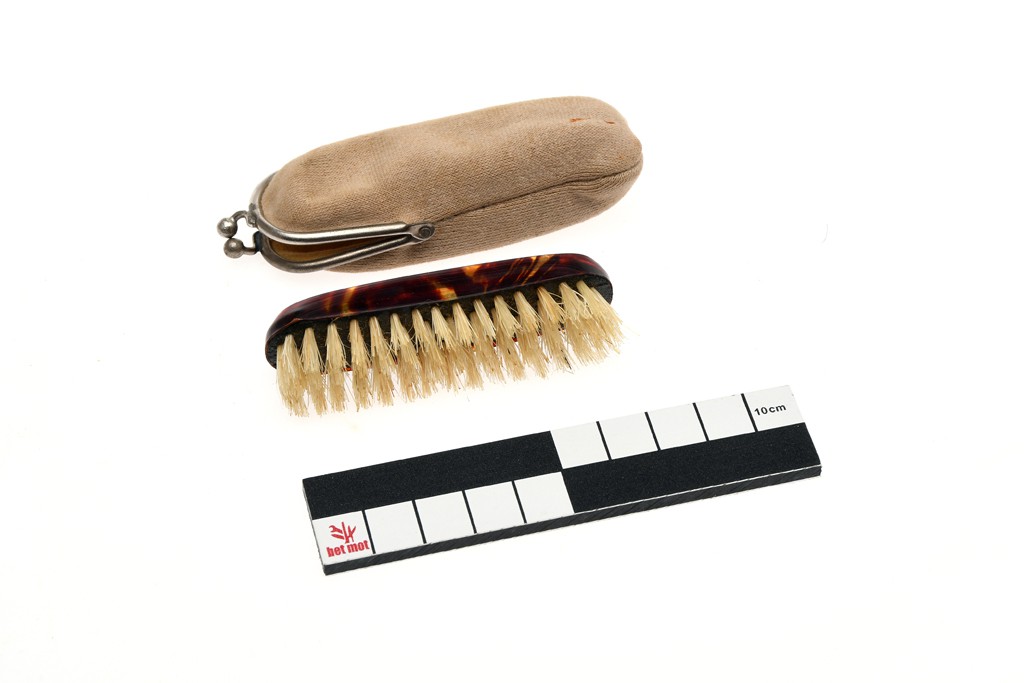
Mustache brush
This text can only be consulted in Dutch
<https://www.mot.be/resource/Tool/mustache-brush?lang=nl>
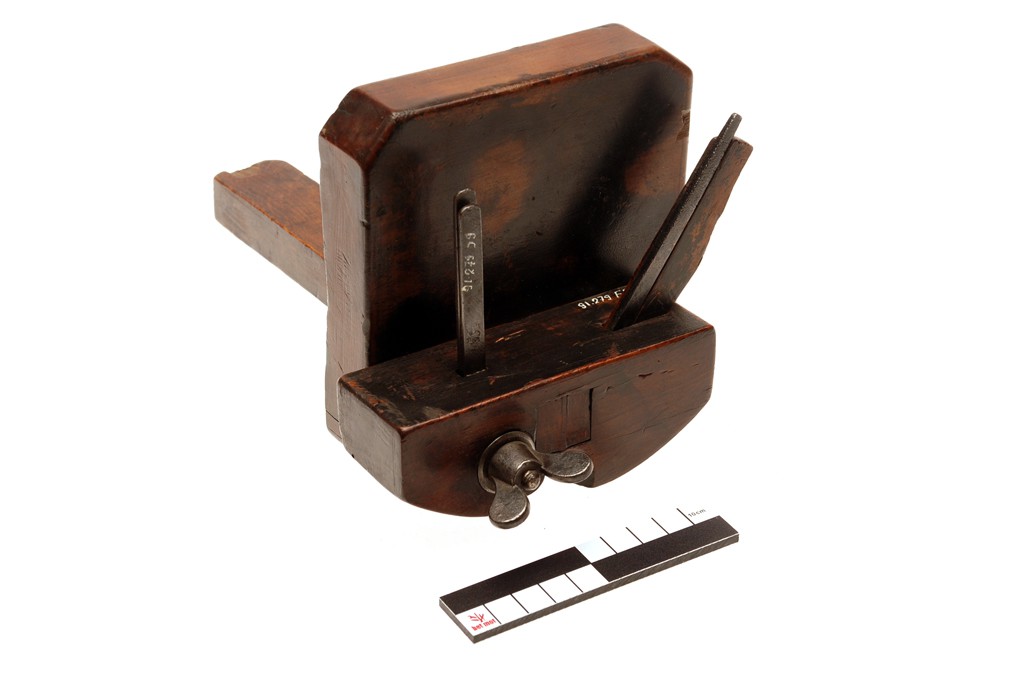
Notching plane
This text can only be consulted in Dutch
<https://www.mot.be/resource/Tool/notching-plane?lang=nl>
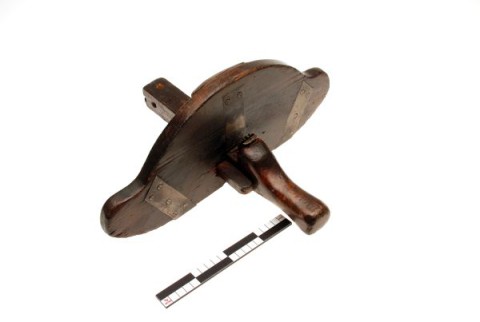
Notching saw
This text can only be consulted in Dutch
<https://www.mot.be/resource/Tool/notching-saw?lang=nl>
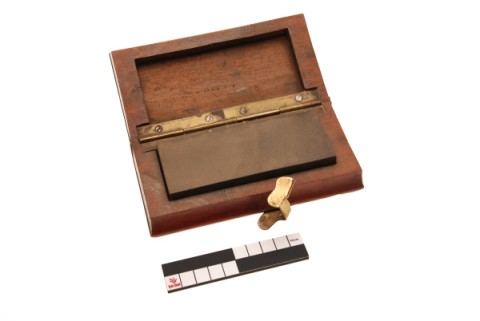
Oilstone/Waterstone
This text can only be consulted in Dutch
<https://www.mot.be/resource/Tool/oilstonewaterstone?lang=nl>
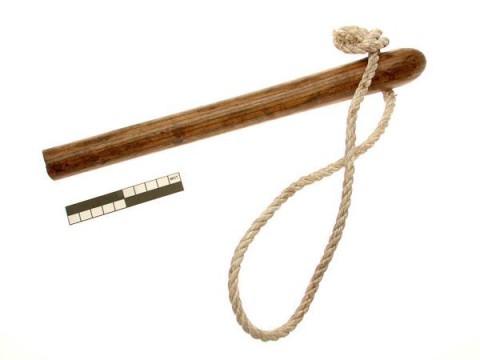
Nose twitch
The nose twitch consists of a wooden stick - sometimes made of plastic - of
about 50 cm with a hole at one end through which a loop of rope
(exceptionally a chain) protrudes. The tool is used as a means of coercion
to divert the attention of a horse during disturbing (eg eye care) or
painful procedures and to induce a calming and sedative effect (cf. humane
twitch). With the left hand, the loop is brought over the upper lip of the
animal, with the right, the loop is tightened. The same implement is used
on cattle, but on an ear (1). [MOT] (1) BERTHELON: 13.
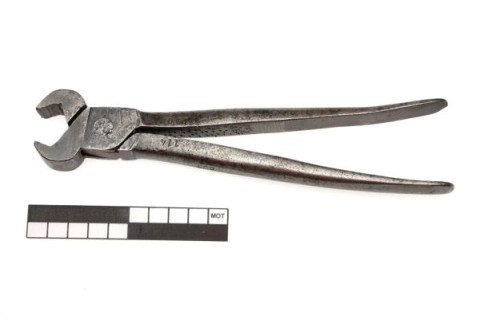
Nut pliers
Nuts can be tightened or loosened with nut pliers. The jaws are adapted to
the shape of the nut. They grab the nut on four of the six faces. Unlike
wrenches, the jaws don't move parallel. Sometimes they are ribbed on the
inside for a better grip and the opening can be fixed with a set screw. The
pliers cannot then be closed further than the screw allows, so that
excessive pressure cannot be exerted on the side surfaces of the nut and
thereby damage them. See also combination pliers. [MOT]
